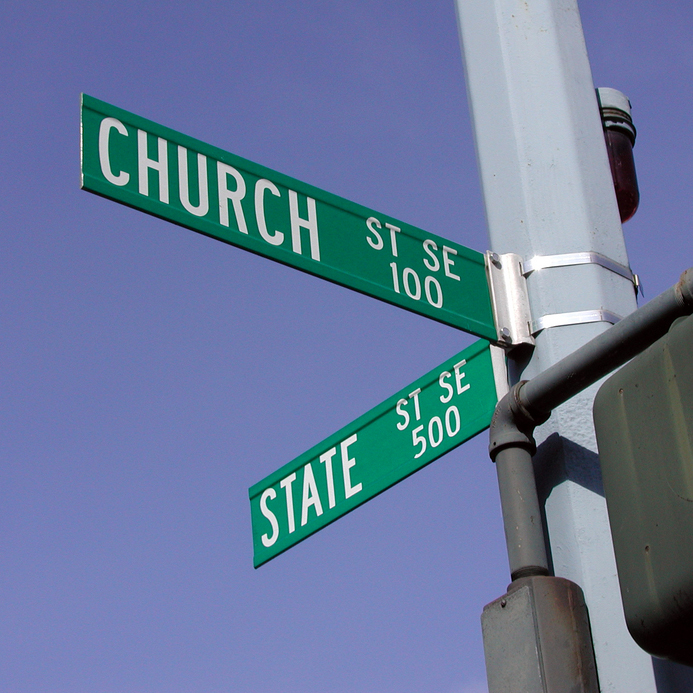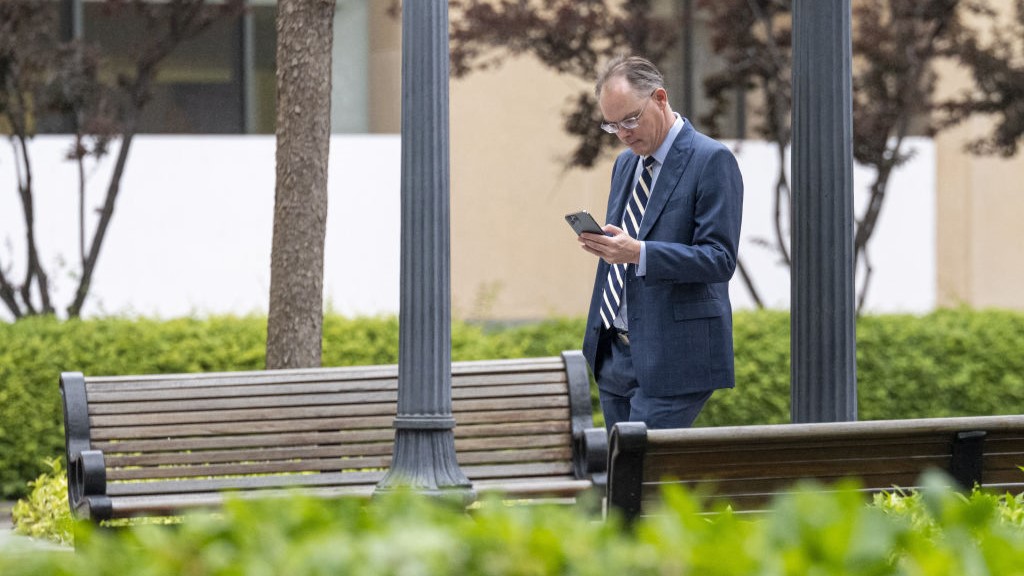The Future Of Church-State Separation: Analyzing John Roberts' Influence

Table of Contents
Roberts' Jurisprudence on Religious Freedom Cases
Chief Justice Roberts' approach to religious freedom cases is complex and not easily categorized as consistently conservative or strictly restrained. While he often sides with religious claimants, his reasoning frequently emphasizes textualism and originalism, leading to unpredictable outcomes. His decisions have profoundly impacted the interpretation of both the Establishment Clause and the Free Exercise Clause of the First Amendment.
Key Cases and Decisions
Several landmark cases showcase Roberts' influence:
-
Carson v. Makin (2022): This case involved the use of public funds for tuition at religious schools in Maine.
- Summary: Maine's program excluded religious schools from receiving tuition assistance.
- Roberts' Position: Roberts voted with the majority, holding that excluding religious schools violated the Free Exercise Clause.
- Impact: This decision significantly broadened the scope of religious exemptions and potentially opens the door for greater public funding of religious education.
-
Kennedy v. Bremerton School District (2022): This case concerned a football coach who engaged in personal prayer on the field.
- Summary: The school district prohibited the coach's post-game prayers, citing the Establishment Clause.
- Roberts' Position: Roberts sided with the coach, arguing that his prayers were protected by the Free Exercise Clause.
- Impact: This ruling has implications for religious expression by public employees, potentially lowering the bar for demonstrating a violation of religious freedom.
The Role of Originalism and Textualism
Roberts' adherence to originalism (interpreting the Constitution as the framers intended) and textualism (focusing on the literal meaning of the text) significantly shapes his decisions.
- Originalism: Aims to understand the historical context and original meaning of constitutional provisions.
- Textualism: Prioritizes the plain meaning of the words in the Constitution.
These approaches often lead to interpretations that prioritize religious freedom claims, potentially altering the traditional understanding of the Establishment Clause. The potential implication is a re-evaluation of the separation of church and state, leading to more accommodation of religious practices in public life.
Shifting Interpretations of the Establishment Clause
Roberts' rulings have arguably shifted the interpretation of the Establishment Clause away from strict separation towards greater accommodation of religion. This shift is evident in his approach to established legal precedents.
The Lemon Test and its Diminished Importance
The Lemon test, a three-pronged approach to determining Establishment Clause violations, has been significantly weakened by Roberts' decisions.
- The Lemon Test: A law must have a secular legislative purpose, not advance or inhibit religion, and avoid excessive government entanglement with religion.
- Weakening of the Lemon Test: Roberts' concurring and majority opinions have increasingly avoided explicit reliance on the Lemon test, indicating a preference for a more flexible approach. Cases like Kennedy v. Bremerton School District demonstrate this trend.
The Rise of "Religious Neutrality" vs. "Strict Separation"
A significant debate exists between "religious neutrality" (treating all religions equally) and "strict separation" (maintaining a rigid wall between church and state).
- Religious Neutrality: Advocates for equal treatment of all religions, including accommodation where appropriate.
- Strict Separation: Advocates for a complete separation of church and state, minimizing government involvement with religious institutions.
Roberts' decisions seem to lean towards a more nuanced interpretation of neutrality, sometimes allowing for greater accommodation of religion than strict separation would permit.
The Impact on Public Schools and Education
Roberts' decisions have significantly impacted religious expression and practices in public schools.
School Prayer and Religious Activities
Cases involving school prayer and religious activities have seen increased religious accommodation under Roberts' leadership.
- Prayer in Schools: While mandatory prayer remains unconstitutional, the Court's increasing emphasis on individual religious expression has made it more difficult for schools to restrict student-led prayer.
- Religious Clubs: The Court has generally upheld the right of religious clubs to meet on school grounds, provided equal access is afforded to other student groups.
Funding of Religious Schools
Roberts' rulings on the use of public funds for religious schools have raised concerns about the blurring of lines between church and state.
- Voucher Programs: Court cases involving school voucher programs have generally favored allowing public funds to be used at religious schools, provided they are used for secular purposes.
- Direct Funding: The trend towards allowing public funding of religious schools continues, raising important questions about the potential for government influence over religious institutions.
Dissenting Opinions and Future Implications
Dissenting opinions in key cases highlight potential future shifts in the Court's approach to church-state separation.
Potential for Future Challenges
Several areas are ripe for future legal challenges:
- Religious exemptions: The expansion of religious exemptions in areas like healthcare and employment could face challenges.
- School choice programs: The use of public funds to support religious schools will likely continue to be a source of legal disputes.
The Role of Public Opinion and Political Pressure
Public opinion and political pressure significantly influence the Supreme Court's decision-making process, particularly on highly charged issues like church-state separation. Shifts in public sentiment could lead to future adjustments in the Court's approach.
Conclusion: The Future of Church-State Separation Under John Roberts' Legacy
Chief Justice John Roberts' jurisprudence has profoundly reshaped the interpretation of church-state separation in the United States. His emphasis on originalism, textualism, and religious neutrality has arguably shifted the Court's approach away from strict separation and toward greater accommodation of religious practices in the public sphere. This has significant implications for religious freedom, public education, and the overall relationship between government and religion. These decisions have, and will continue to, provoke debate and legal challenges. To understand the full scope of John Roberts' impact on church-state jurisprudence, further research into Supreme Court rulings on religion and analysis of his dissenting opinions are crucial. Engaging in thoughtful discussions and continued research on this topic is vital for navigating the evolving landscape of church-state relations in the United States.

Featured Posts
-
 Agreement Signed Grant Funding For Development Projects In Mauritius
May 03, 2025
Agreement Signed Grant Funding For Development Projects In Mauritius
May 03, 2025 -
 La Russie Face A La Pression De Macron Developpements Attendus
May 03, 2025
La Russie Face A La Pression De Macron Developpements Attendus
May 03, 2025 -
 Fortnite Developer Epic Games Accused Of Widespread Deceptive Practices
May 03, 2025
Fortnite Developer Epic Games Accused Of Widespread Deceptive Practices
May 03, 2025 -
 Fortnite Cowboy Bebop Skins Faye Valentine And Spike Spiegel Bundle Price
May 03, 2025
Fortnite Cowboy Bebop Skins Faye Valentine And Spike Spiegel Bundle Price
May 03, 2025 -
 Stratigiki P Syxikis Ygeias 2025 2028 Ependyseis Kai Draseis
May 03, 2025
Stratigiki P Syxikis Ygeias 2025 2028 Ependyseis Kai Draseis
May 03, 2025
